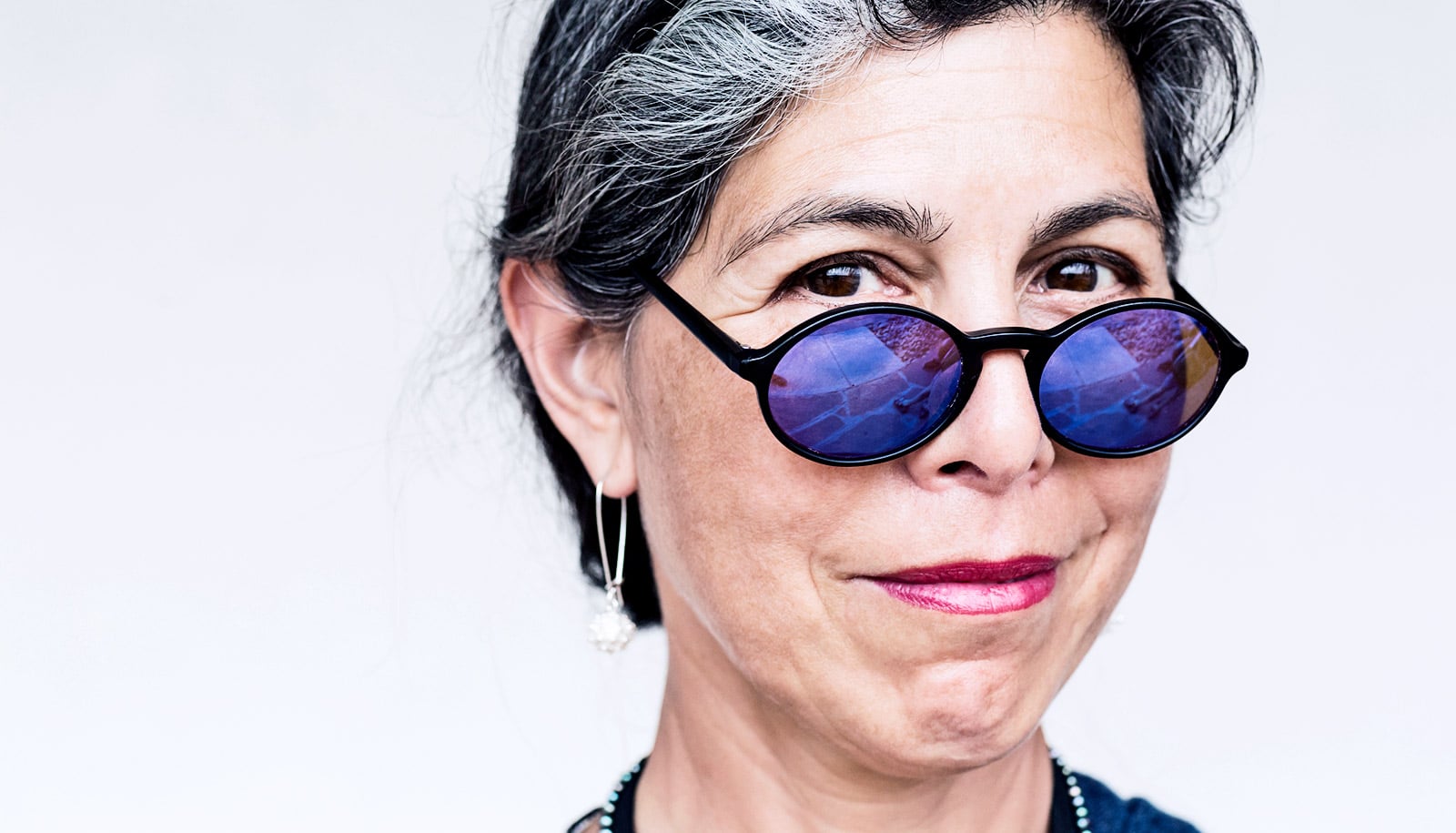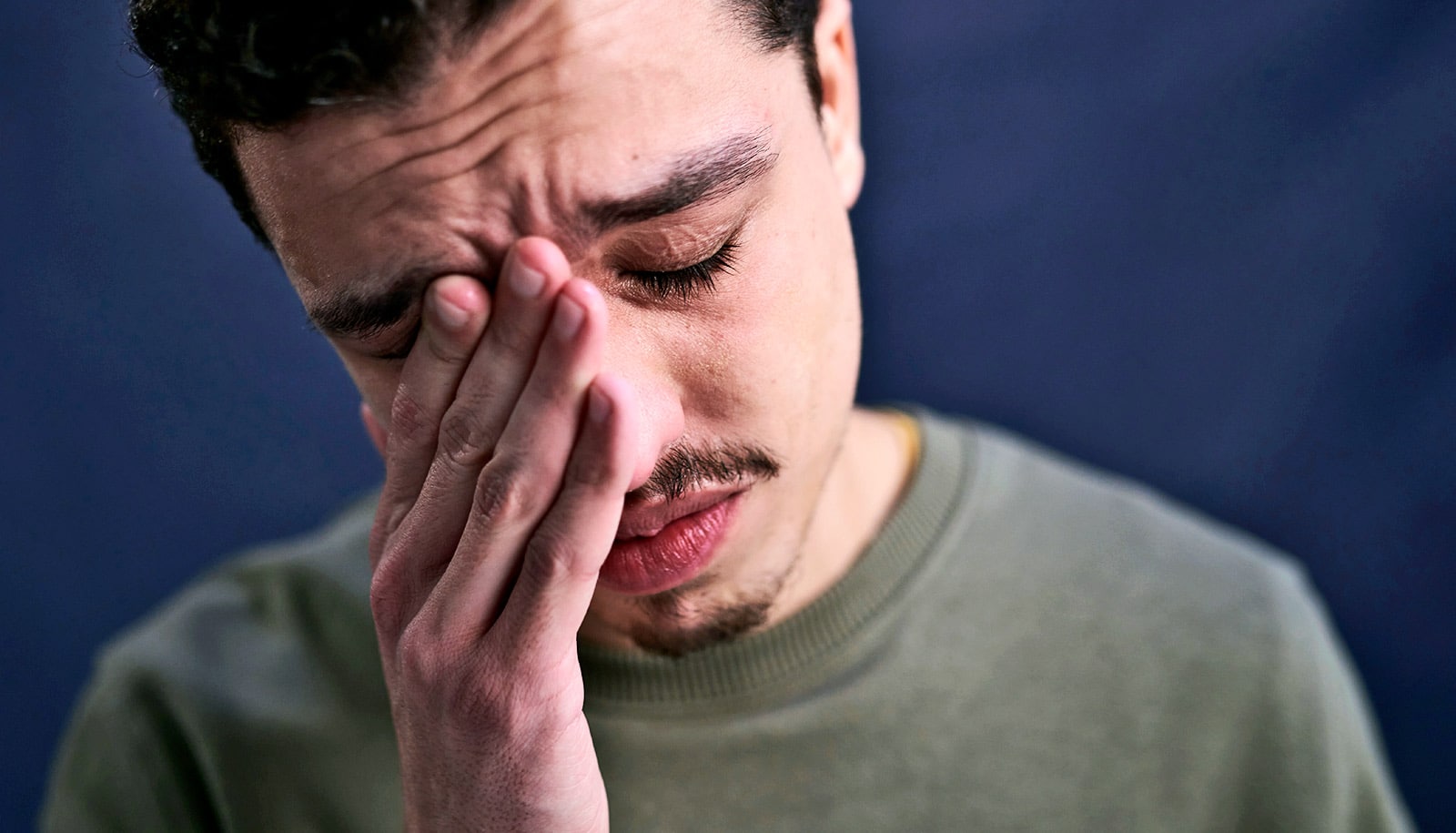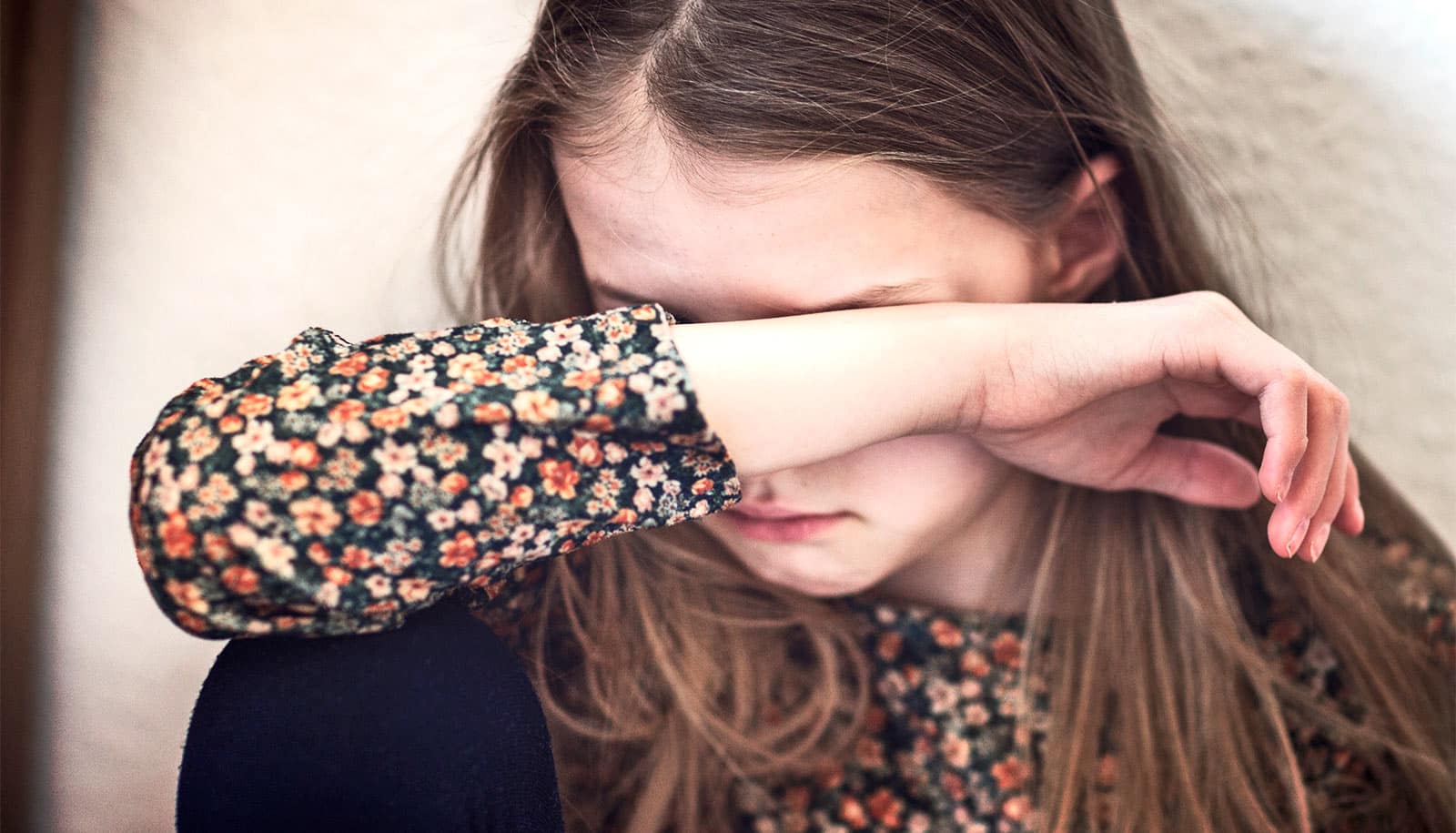In a new study, researchers found that women reported less perceived stress, a measure of confidence, control, and ability to cope with life’s stressors, over a 15-year period during midlife.
The study also found that menopausal status wasn’t a factor, which challenges the notion that menopause is associated with higher stress and depression.
“Our perception of stress decreased even through the menopausal transition, which suggests that menopause isn’t a great bugaboo…”
The results come from data collected from more than 3,000 women who were recruited between the ages of 42-53 for the Study of Women’s Health Across the Nation.
The researchers’ goal was to assess the effects of age, menopausal status, and sociodemographics on stress over time. Elizabeth Hedgeman, a doctoral graduate of the University of Michigan School of Public Health, did the work while in the lab of Sioban Harlow, professor of epidemiology.
By the end of the study period, the mean age was 62 and stress declined with age across nearly all sociodemographic categories. Compared to similar black, white, and Chinese women, stress decreased in a more attenuated fashion for Japanese women. After adjusting for other sociodemographic variables, race and ethnicity was a significant predictor of increased stress only for Japanese women.
Women with less education and increased financial hardship consistently reported higher levels of stress compared to their peers, but this difference diminished over time.
“The results suggested that even women with less education or more financial hardship reported less perceived stress over the midlife,” Hedgeman says. “And then there’s menopause.
“Our perception of stress decreased even through the menopausal transition, which suggests that menopause isn’t a great bugaboo, perhaps in relation to the other events or experiences that we’re having in the midlife.”
Education, employment, and financial hardship were stronger predictors of perceived stress over midlife than the menopause transition, and this may suggest that women experience the menopausal transition as a series of acute stressors (hot flashes, sleep disturbances) that can be muted by chronic, socioeconomic-based life stressors.
The only groups that reported increased perceived stress over the study were Hispanic and white women from New Jersey, but Hedgeman says these are outlier results that needed to be replicated. Additionally, there were extenuating circumstances at the New Jersey site that may have contributed.
Despite reporting decreased levels of stress throughout life, women who reported higher stress at the start of midlife continued to report higher stress levels than their peers as they aged. This is important because stress is a known health risk.
The study did not specifically examine the reasons for this decrease in perceived stress, but Hedgeman says that there could be both circumstantial and neurological causes—children have moved out, professional goals are being met, or women might have hit a sweet spot before the next life challenges arise, such as chronic health conditions or aging parents.
Existing research also suggests that aging helps us regulate our emotions.
“Perhaps things just don’t bother us as much as we age, whether due to emotional experience or neurochemical changes. It’s all worth exploring,” Hedgeman says.
Women report feeling pretty fantastic after menopause
Overall, the findings are good news for women transitioning through midlife, she says.
“The neat thing is that for most of us, our perception of stress decreases as we age through the midlife–perhaps life itself is becoming less stressful, or maybe we’re finally feeling at the top of our game, or maybe things just don’t bother us the way they did,” Hedgeman says. “But whatever the root reason, we’re reporting less perceived stress as we age through the midlife and menopause.”
The primary limitation of the study was the inability to understand perceived stress among women reporting the highest levels over time. Also, a disruption of operations at the New Jersey site, limited the number of visits to five, not 13 as with the other sites. Also, New Jersey was the only site that recruited Hispanic women.
Additional coauthors are from the University of Michigan.
Source: University of Michigan



